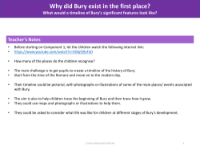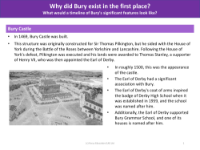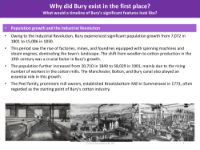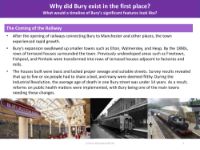Roman towns and cities in Britain - Worksheets - Year 3
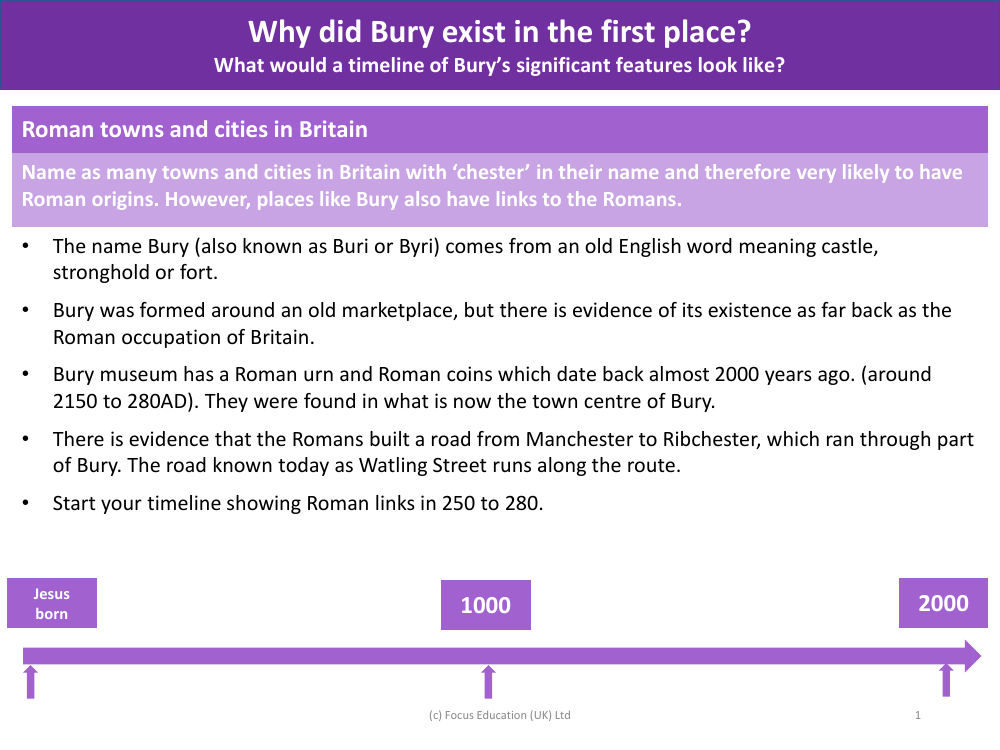
History Resource Description
The worksheets for Year 3 students delve into the intriguing history of Roman towns and cities in Britain, with a particular focus on the etymology and Roman heritage of places with 'chester' in their names. Students are encouraged to identify as many towns and cities as they can that contain the suffix 'chester', which is indicative of a Roman origin. Additionally, the worksheets highlight that other place names, such as those featuring 'Bury', also have connections to Roman Britain, despite the different etymology. 'Bury', derived from Old English, signifies a castle, stronghold, or fort, and is linked to Roman history through archaeological evidence found in such locations.
One example provided is the town of Bury, which has grown from an ancient marketplace and shows signs of Roman occupation. The local museum in Bury houses artefacts such as a Roman urn and coins dating back nearly two millennia, specifically from around 2150 to 280 AD. These items were discovered in the area that is now the town centre. The presence of a Roman road, which is believed to have connected Manchester to Ribchester and passed through Bury, further cements the town's historical significance. This road, now known as Watling Street, traces its lineage back to the Roman era. The worksheets suggest starting a timeline for Bury with Roman links from 250 to 280 AD, encouraging students to explore the question of why Bury existed in the first place and to visualise a timeline of the town's significant historical features.


